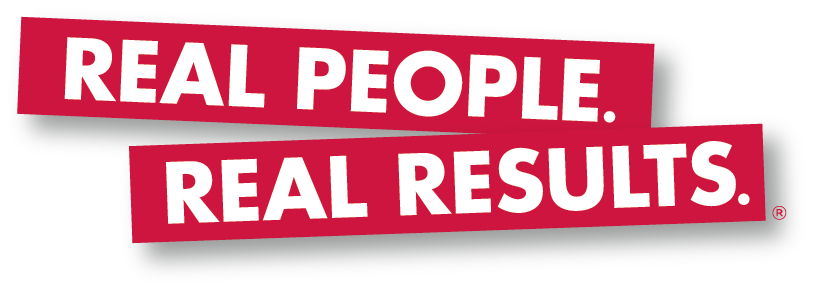Your competitors are killing you on price. Your margins are shrinking as customers challenge you to meet the lowest price available. The company’s profits are under extreme pressure. Month after month, year after year, the price pressure rises.
Customers get a constant overload of advertising and communications promising lower prices.
In particular, the Internet has changed shopping habits in both business-to-business and business-to-consumer categories. It is quicker and easier than ever to find, compare and buy competitive products, usually based on price.
Products and services increasingly are perceived as commodities; when features and benefits become more difficult to distinguish, price becomes the focus of the decision.
In the world of sales, objections are heard every day with price being at the top. For salespeople to achieve their quotas and get their commissions, they need to handle those objections in a mutually beneficial way.
When the customer is satisfied that his or her needs are being met, the salesperson is rewarded with a sale.
The salesperson must approach each appointment with a plan, which will be based on developing ideas and scripts for all of the possible objections.
In this way, the salesperson will never be at a loss for what to say and will not have the unpleasant experience of being caught unprepared.
So what are some techniques to overcome objections when trying to make a sale?
Isolate
This is an effective and easy-to-learn approach. Objection: “I don’t have the money.” Response: “I can appreciate that. Other than money, is there anything else that prevents you from taking action today?” Wait for the answer.
This helps to clarify what the perceived problem is and enables the salesperson to offer a specific, effective solution other than price that is provided by their company’s product or service so that the prospective customer wins by having the right solution.
Bring out objections
This is a simple yet powerful technique, and the opposite of Isolate.
Confirm what the prospective customer has stated as his or her objection by repeating the objection and getting the person to agree that this is indeed the problem. Then, ask if there are any other concerns in addition to the stated objection, and wait for their response.
Script responses
The salesperson needs to develop a scripted response for each possible objection.
For example, if the salesperson hears the common objection that the prospective customer needs to speak with a partner before making a decision, the following script is a powerful response: “That’s great. So if your partner says ‘yes,’ does that mean you will do it?”
Allow a “yes” response, and then proceed. “Let me ask you a different question: What if your partner isn’t for it?” Again, wait for a response.
This allows the salesperson to make sure that all possible objections have been covered.
Anticipate objections
The salesperson could incorporate potential objections into the sales presentation. By anticipating what the objections may be, the problem can be addressed during the presentation, and the salesperson can, in effect, do a trial close before the presentation is even finished.
Use silence
A disciplined but somewhat difficult technique is to use silence and wait for the prospective customer’s response rather than to assume his or her response with a forced discussion.
In most cases, the customer will think about the objection for a few seconds and with the salesperson’s silence, the consideration can go on for many seconds and then give a “final” concern or objection.
It is at this moment that the customer will discuss the real reason for hesitating about the deal.
Salespeople must continuously prepare for objections, honing their skills and techniques until they have confidence and control over the sales-closing process.
Success takes a lot of ongoing personal motivation and confidence. If a salesperson is unsure of himself or herself, the prospective customer will sense it, and the sale probably will not proceed.
Knowing the company’s products and/or services and how these can meet their customers’ needs will help to close the sale.
Reprinted from Capital Region Business Journal, Madison, Wisconsin August 2005 issue.
About ActionCOACH
Brad Sugars founded the brand Action International in 1993 when he realized there was a disconnect between business advice and implementation. The answer was Action! Brad Sugars created a business coaching company so that business owners throughout the world can realize their goals in business. Today the company is known as ActionCOACH. To learn more about business, visit Brad Sugars Review blog!






